当前位置:网站首页>Spark TPCDS Data Gen
Spark TPCDS Data Gen
2022-07-07 01:16:00 【zhixingheyi_ tian】
Turn on Spark-Shell
$SPARK_HOME/bin/spark-shell --master local[10] --jars {PATH}/spark-sql-perf-1.2/target/scala-2.12/spark-sql-perf_2.12-0.5.1-SNAPSHOT.jar
Gen Data
Gen TCPDS Parquet
val tools_path = "/opt/Beaver/tpcds-kit/tools"
val data_path = "hdfs://{IP}:9000/tpcds_parquet_tpcds_kit_1_0/1"
val database_name = "tpcds_parquet_tpcds_kit_1_0_scale_1_db"
val scale = "1"
val p = scale.toInt / 2048.0
val catalog_returns_p = (263 * p + 1).toInt
val catalog_sales_p = (2285 * p * 0.5 * 0.5 + 1).toInt
val store_returns_p = (429 * p + 1).toInt
val store_sales_p = (3164 * p * 0.5 * 0.5 + 1).toInt
val web_returns_p = (198 * p + 1).toInt
val web_sales_p = (1207 * p * 0.5 * 0.5 + 1).toInt
val format = "parquet"
val codec = "snappy"
val useDoubleForDecimal = false
val partitionTables = false
val clusterByPartitionColumns = partitionTables
import com.databricks.spark.sql.perf.tpcds.TPCDSTables
spark.sqlContext.setConf(s"spark.sql.$format.compression.codec", codec)
val tables = new TPCDSTables(spark, spark.sqlContext, tools_path, scale, useDoubleForDecimal)
tables.genData(data_path, format, true, partitionTables, clusterByPartitionColumns, false, "call_center", 1)
tables.genData(data_path, format, true, partitionTables, clusterByPartitionColumns, false, "catalog_page", 1)
tables.genData(data_path, format, true, partitionTables, clusterByPartitionColumns, false, "customer", 6)
tables.genData(data_path, format, true, partitionTables, clusterByPartitionColumns, false, "customer_address", 1)
tables.genData(data_path, format, true, partitionTables, clusterByPartitionColumns, false, "customer_demographics", 1)
tables.genData(data_path, format, true, partitionTables, clusterByPartitionColumns, false, "date_dim", 1)
tables.genData(data_path, format, true, partitionTables, clusterByPartitionColumns, false, "household_demographics", 1)
tables.genData(data_path, format, true, partitionTables, clusterByPartitionColumns, false, "income_band", 1)
tables.genData(data_path, format, true, partitionTables, clusterByPartitionColumns, false, "inventory", 6)
tables.genData(data_path, format, true, partitionTables, clusterByPartitionColumns, false, "item", 1)
tables.genData(data_path, format, true, partitionTables, clusterByPartitionColumns, false, "promotion", 1)
tables.genData(data_path, format, true, partitionTables, clusterByPartitionColumns, false, "reason", 1)
tables.genData(data_path, format, true, partitionTables, clusterByPartitionColumns, false, "ship_mode", 1)
tables.genData(data_path, format, true, partitionTables, clusterByPartitionColumns, false, "store", 1)
tables.genData(data_path, format, true, partitionTables, clusterByPartitionColumns, false, "time_dim", 1)
tables.genData(data_path, format, true, partitionTables, clusterByPartitionColumns, false, "warehouse", 1)
tables.genData(data_path, format, true, partitionTables, clusterByPartitionColumns, false, "web_page", 1)
tables.genData(data_path, format, true, partitionTables, clusterByPartitionColumns, false, "web_site", 1)
tables.genData(data_path, format, true, partitionTables, clusterByPartitionColumns, false, "catalog_sales", catalog_sales_p)
tables.genData(data_path, format, true, partitionTables, clusterByPartitionColumns, false, "catalog_returns", catalog_returns_p)
tables.genData(data_path, format, true, partitionTables, clusterByPartitionColumns, false, "store_sales", store_sales_p)
tables.genData(data_path, format, true, partitionTables, clusterByPartitionColumns, false, "store_returns", store_returns_p)
tables.genData(data_path, format, true, partitionTables, clusterByPartitionColumns, false, "web_sales", web_sales_p)
tables.genData(data_path, format, true, partitionTables, clusterByPartitionColumns, false, "web_returns", web_returns_p)
tables.createExternalTables(data_path, format, database_name, overwrite = true, discoverPartitions = partitionTables)
Gen TPCH ORC
import com.databricks.spark.sql.perf.tpch._
val tools_path = "/opt/Beaver/tpch-dbgen"
val format = "orc"
val useDoubleForDecimal = false
val partitionTables = false
val scaleFactor = "1"
val data_path = s"hdfs://{IP}:9000/tpch_${format}_${scaleFactor}"
val numPartitions =1
val databaseName = s"tpch_${format}_${scaleFactor}_db"
val clusterByPartitionColumns = partitionTables
val tables = new TPCHTables(spark, spark.sqlContext,
dbgenDir = tools_path,
scaleFactor = scaleFactor,
useDoubleForDecimal = useDoubleForDecimal,
useStringForDate = false)
spark.sqlContext.setConf("spark.sql.files.maxRecordsPerFile", "200000000")
tables.genData(
location = data_path,
format = format,
overwrite = true, // overwrite the data that is already there
partitionTables, // do not create the partitioned fact tables
clusterByPartitionColumns, // shuffle to get partitions coalesced into single files.
filterOutNullPartitionValues = false, // true to filter out the partition with NULL key value
tableFilter = "", // "" means generate all tables
numPartitions = numPartitions) // how many dsdgen partitions to run - number of input tasks.
// Create the specified database
sql(s"drop database if exists $databaseName CASCADE")
sql(s"create database $databaseName")
// Create metastore tables in a specified database for your data.
// Once tables are created, the current database will be switched to the specified database.
tables.createExternalTables(data_path, format, databaseName, overwrite = true, discoverPartitions = false)
establish Metadata
Parquet create database/tables
val tools_path = "/opt/Beaver/tpcds-kit/tools"
val data_path = "hdfs://10.1.2.206:9000/user/sparkuser/part_tpcds_decimal_1000/"
val database_name = "sr242_parquet_part_tpcds_decimal_1000"
val scale = "1000"
val useDoubleForDecimal = false
val format = "parquet"
val partitionTables = true
import com.databricks.spark.sql.perf.tpcds.TPCDSTables
val tables = new TPCDSTables(spark, spark.sqlContext, tools_path, scale, useDoubleForDecimal)
tables.createExternalTables(data_path, format, database_name, overwrite = true, discoverPartitions = partitionTables)
Arrow create database/tables
val data_path= "hdfs://{IP}:9000/{PATH}/part_tpcds_decimal_1000/"
val databaseName = "arrow_part_tpcds_decimal_1000"
val tables = Seq("call_center", "catalog_page", "catalog_returns", "catalog_sales", "customer", "customer_address", "customer_demographics", "date_dim", "household_demographics", "income_band", "inventory", "item", "promotion", "reason", "ship_mode", "store", "store_returns", "store_sales", "time_dim", "warehouse", "web_page", "web_returns", "web_sales", "web_site")
val partitionTables = true
spark.sql(s"DROP database if exists $databaseName CASCADE")
if (spark.catalog.databaseExists(s"$databaseName")) {
println(s"$databaseName has exists!")
}else{
spark.sql(s"create database if not exists $databaseName").show
spark.sql(s"use $databaseName").show
for (table <- tables) {
if (spark.catalog.tableExists(s"$table")){
println(s"$table has exists!")
}else{
spark.catalog.createTable(s"$table", s"$data_path/$table", "arrow")
}
}
if (partitionTables) {
for (table <- tables) {
try{
spark.sql(s"ALTER TABLE $table RECOVER PARTITIONS").show
}catch{
case e: Exception => println(e)
}
}
}
}
Use ALTER modify meta Information
val data_path= "hdfs://{IP}:9000/{PATH}/part_tpcds_decimal_1000/"
val databaseName = "parquet_part_tpcds_decimal_1000"
val tables = Seq("call_center", "catalog_page", "catalog_returns", "catalog_sales", "customer", "customer_address", "customer_demographics", "date_dim", "household_demographics", "income_band", "inventory", "item", "promotion", "reason", "ship_mode", "store", "store_returns", "store_sales", "time_dim", "warehouse", "web_page", "web_returns", "web_sales", "web_site")
spark.sql(s"use $databaseName").show
for (table <- tables) {
try{
spark.sql(s"ALTER TABLE $table SET LOCATION '$data_path/$table'").show
}catch{
case e: Exception => println(e)
}
}
边栏推荐
- HMM notes
- 第三方跳转网站 出现 405 Method Not Allowed
- 736. Lisp 语法解析 : DFS 模拟题
- 力扣1037. 有效的回旋镖
- Tencent cloud webshell experience
- [case sharing] basic function configuration of network loop detection
- Asset security issues or constraints on the development of the encryption industry, risk control + compliance has become the key to breaking the platform
- 接收用户输入,身高BMI体重指数检测小业务入门案例
- 负载均衡性能参数如何测评?
- NEON优化:性能优化经验总结
猜你喜欢

Return to blowing marshland -- travel notes of zhailidong, founder of duanzhitang
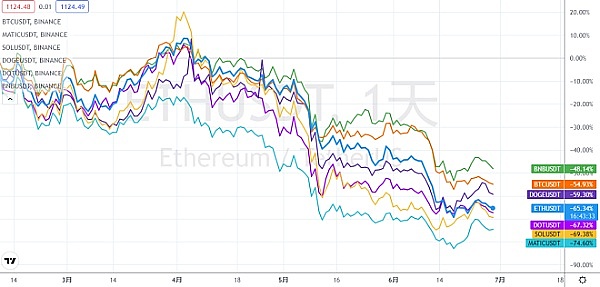
Asset security issues or constraints on the development of the encryption industry, risk control + compliance has become the key to breaking the platform
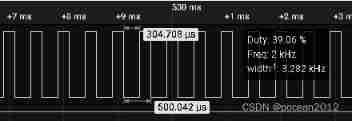
ESP Arduino (IV) PWM waveform control output
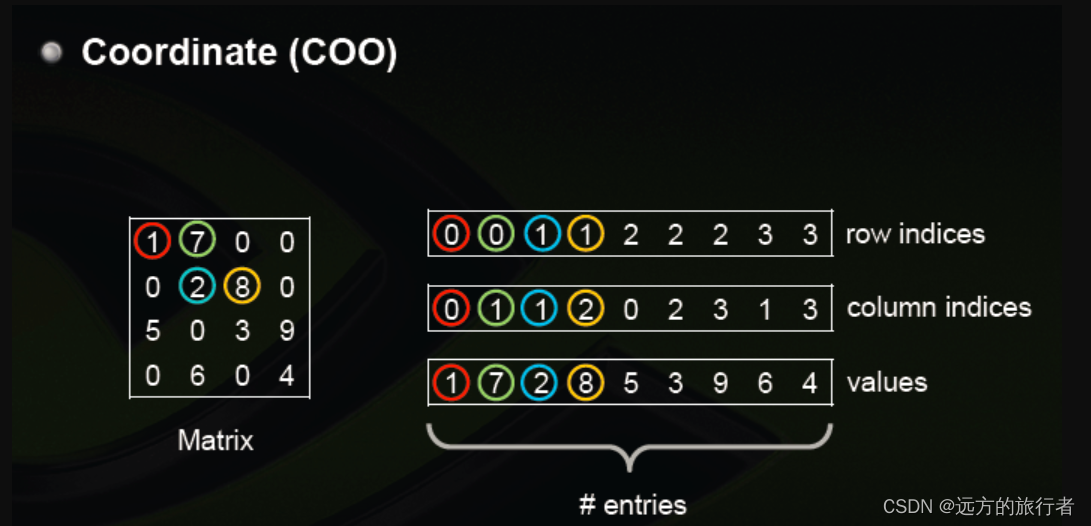
pytorch之数据类型tensor
![[Niuke] b-complete square](/img/bd/0812b4fb1c4f6217ad5a0f3f3b8d5e.png)
[Niuke] b-complete square

The MySQL database in Alibaba cloud was attacked, and finally the data was found
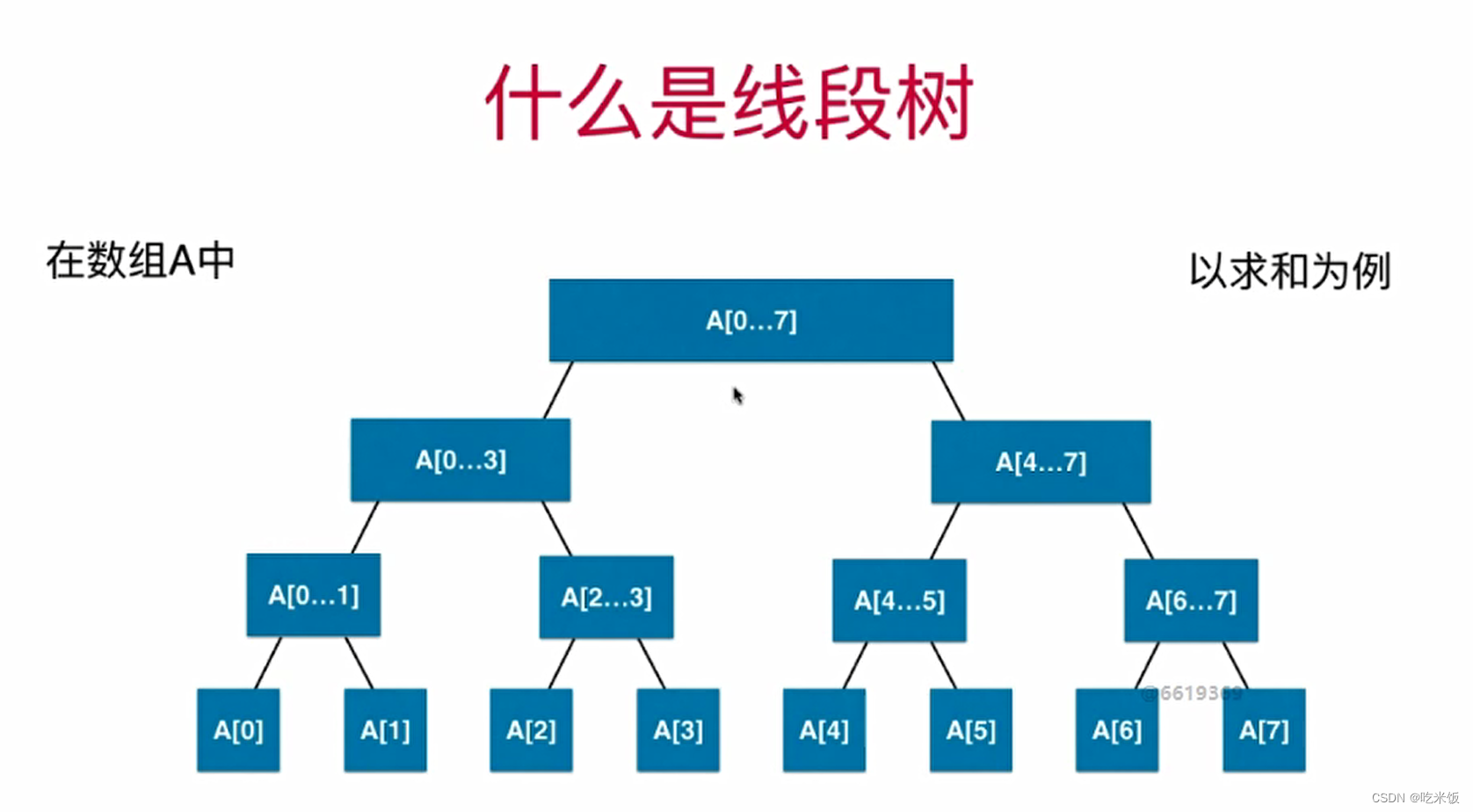
线段树(SegmentTree)
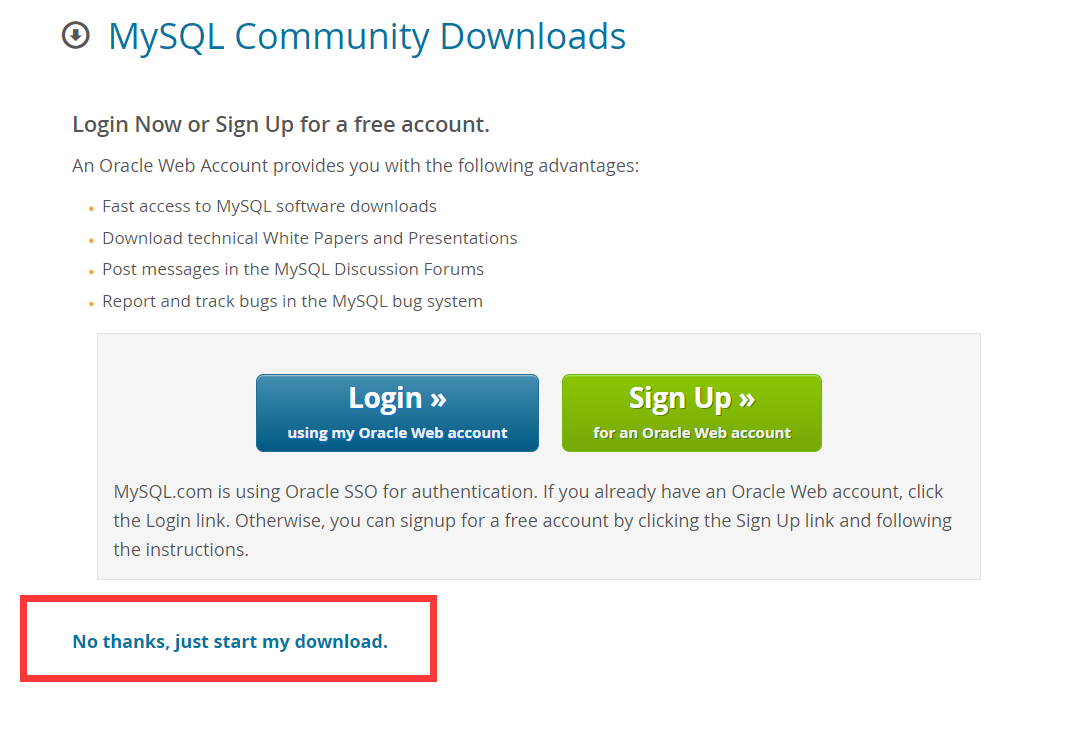
windows安装mysql8(5分钟)
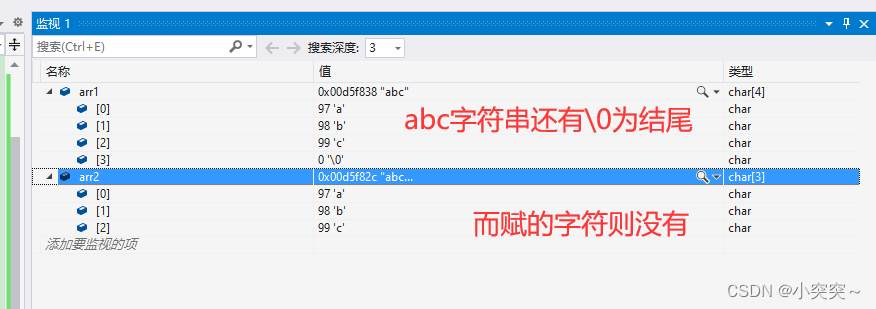
c语言—数组
![[100 cases of JVM tuning practice] 04 - Method area tuning practice (Part 1)](/img/7a/bd03943c39d3f731afb51fe2e0f898.png)
[100 cases of JVM tuning practice] 04 - Method area tuning practice (Part 1)
随机推荐
c语言—数组
The MySQL database in Alibaba cloud was attacked, and finally the data was found
JTAG debugging experience of arm bare board debugging
HMM 笔记
MySQL中回表的代价
ARM裸板调试之JTAG调试体验
MySQL script batch queries all tables containing specified field types in the database
C# 计算农历日期方法 2022
from .cv2 import * ImportError: libGL.so.1: cannot open shared object file: No such file or direc
[100 cases of JVM tuning practice] 05 - Method area tuning practice (Part 2)
力扣1037. 有效的回旋镖
【JVM调优实战100例】05——方法区调优实战(下)
What are the differences between Oracle Linux and CentOS?
Niuke cold training camp 6B (Freund has no green name level)
UI control telerik UI for WinForms new theme - vs2022 heuristic theme
[牛客] [NOIP2015]跳石头
gnet: 一个轻量级且高性能的 Go 网络框架 使用笔记
Neon Optimization: summary of performance optimization experience
Part VI, STM32 pulse width modulation (PWM) programming
Analysis of mutex principle in golang